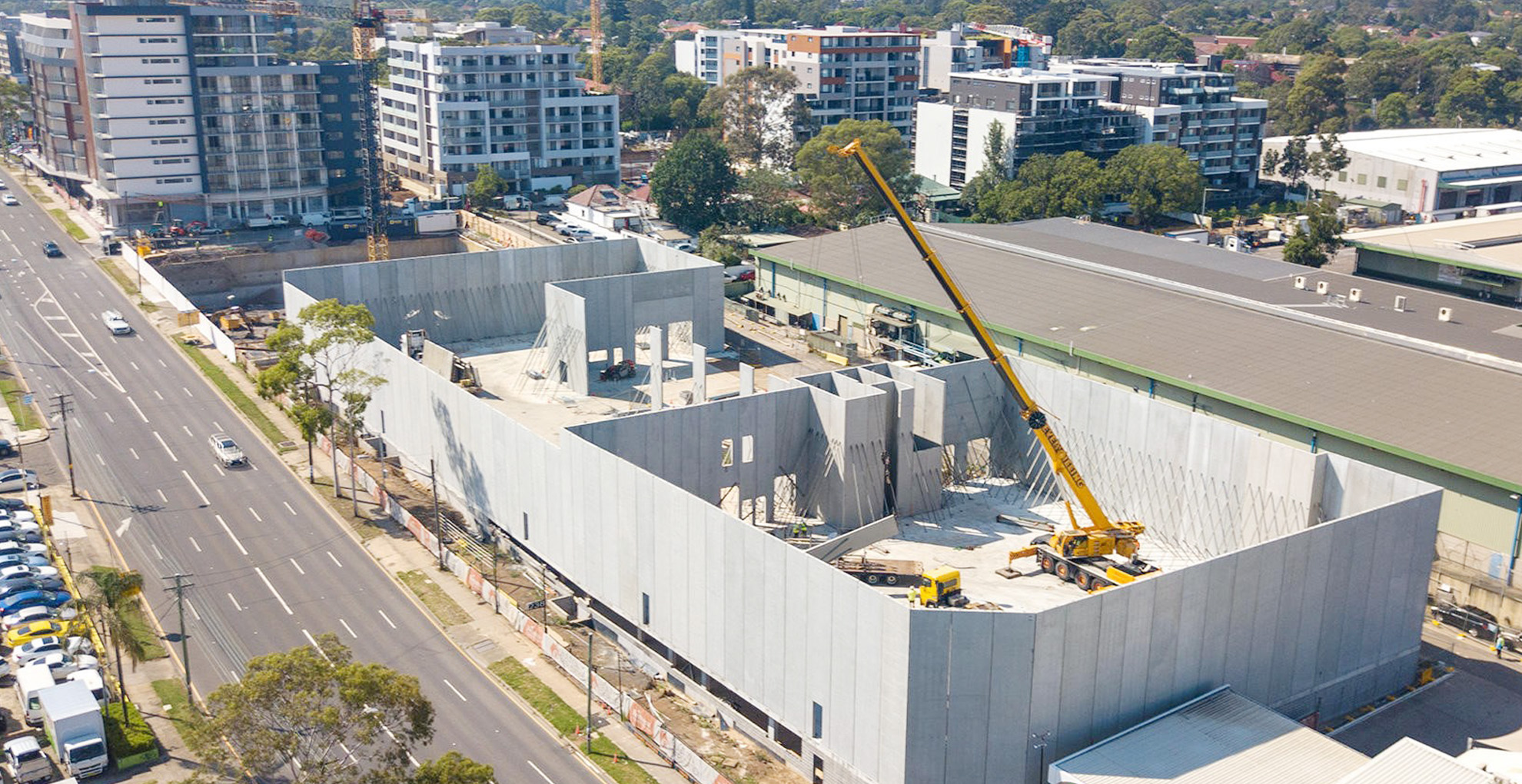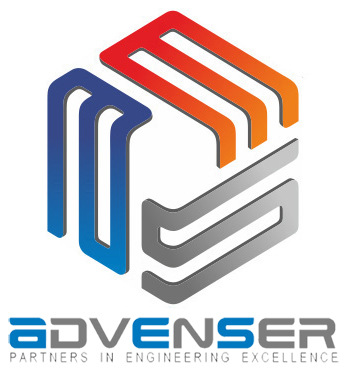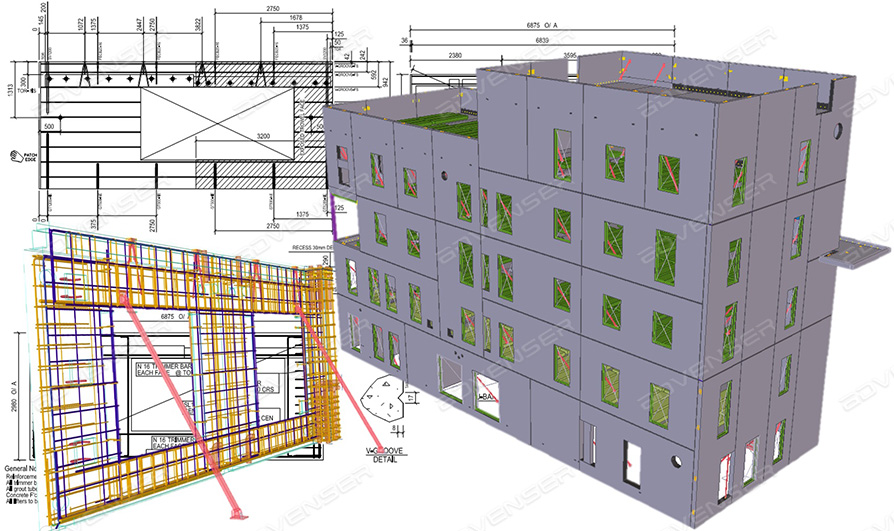Digital Detailing Technologies in Precast Detailing: Improving Efficiency and Accuracy in Construction
Digital Detailing Technologies in Precast Detailing: Improving Efficiency and Accuracy in Construction
The construction industry is rapidly changing as new technologies continue to be developed and implemented. One of the most exciting technologies is digital detailing, which is now being used in precast detailing to improve efficiency in construction. Digital detailing technologies are revolutionizing the precast detailing process, making it more efficient and accurate. 3D modeling and BIM (Building Information Modeling) software allow for a more precise and coordinated approach to detailing, resulting in fewer errors and less rework. These technologies also enable precast detailers to work more collaboratively with other construction team members, further improving accuracy and efficiency.
Introduction to Digital Detailing Technologies
Detailing is a process that involves consistent work to make it
look its best. In order to achieve the best results, detailed work is required
on every part. From the inside out, digital detailing technologies have
revolutionized the way that this work is done. By understanding what digital
detailing is and its advantages, you can better understand how it has changed
the construction industry and how it will continue to do so in the future.
Digital detailing technologies are defined as any technology
that enables you to manipulate images or models in real time. This includes
everything from 3D modeling and
computer-aided engineering (CAD) software to mobile applications and even
virtual reality headsets. As technology advances, more and more details can be
added to these images or models, allowing for a level of accuracy and detail
never before possible.
Advantages of digital
detailing include faster turnaround times, increased accuracy, and greater
flexibility than traditional detailing methods. Additionally, because digital
technologies can capture multiple angles simultaneously, they are ideal for
designing complex parts such as engines or transmissions. This increased level
of detail allows for smoother operations with less downtime which is crucial
when working on high volume models.
The effects of digital
detailing on the construction industry are clear: by allowing for an increased
level of precision in precast design, detailed work can be completed much
faster than ever before without sacrificing quality or safety. In fact, many
precast companies now integrate automated digital detailing into their workflow
to ensure that each part meets stringent quality standards before assembly.
This not only saves time and money on labor costs; it also allows for a
smoother assembly process that preserves valuable customer data during
manufacturing.
Predictive tools play an important role in design coordination
during precast construction projects; they allow architects and engineers to
test various configurations before committing them permanently to CAD designs
or 3D models. By doing this early in the project cycle – before any physical
prototypes have been created – designers are able to avoid costly mistakes later
on down the road. Finally, digital detailing technologies have had a
significant impact on reducing environmental impacts.
Improved Construction Efficiency and Precision by Utilizing Digital Detailing Technologies!

potential to revolutionize the way buildings are constructed. By using digital
detailing technologies, builders can save time and money while achieving
improved structural integrity and safety. In this blog, we will explore some of
the benefits of digital detailing technologies in precast construction and
discuss how they can be used to improve efficiency and precision in the
construction process. One of the biggest advantages of utilizing digital
detailing technologies over traditional designing is quick data entry and the
development of 3D models in the construction process. With digital tools,
builders can quickly input information about a project, such as dimensions,
materials specifications, etc. This allows for faster communication between
various stakeholders involved in a construction project and more accurate
structural design.
Another advantage of digital detailing technologies is cost
saving factors. By digitizing parts before they are built, builders can reduce
or even eliminate the need for physical samples or drawings during project
planning stages. This reduces costs associated with procurement and material
handling, as well as increases accuracy in final product design. Additionally,
automation systems and robotic arms can be applied to detail parts with precise
accuracy – greatly improving structural integrity while reducing waste on site.
The future of integrated digital technologies in precast
construction is bright! By utilizing cutting-edge technology together with
traditional drafting skillsets, builders can achieve amazing results at an
affordable price point without compromising quality or safety.
Benefits of Digital Detailing for Precast Construction
New
technological advancements
Precast construction is an ever-growing industry that is
experiencing rapid growth. One of the reasons for this is the fact that digital
detailing has become a key part of the process.
Eliminates
the need for physical drawings
Digital detailing eliminates the need for physical drawings,
which in turn speeds up the process and reduces costs.
Improved
accuracy
First and foremost, digital detailing improves accuracy and
efficiency in drawing production. By eliminating physical drawings, you reduce
the amount of time needed to produce them and also reduce the chances of human
error. This means that you can produce more accurate drawings faster, which
leads to faster project completion times and reduced costs.
Need ewer
physical resources
Another advantage of digital detailing is cost saving through
faster detailing proc. By working with detailed drawings instead of paper
versions, you can save on printing costs as well as on labor required to
complete the task. Additionally, by using automated processes such as 3D
rendering or CAD software, you can speed up the task even further without
sacrificing quality or accuracy. In short, digital detailing allows you to
complete your precast construction project with fewer physical resources than
before while still maintaining high levels of detail and quality control.
Flexibility
Digital detailing gives stakeholders more flexibility in how
they share their drawings with other team members. Rather than having to send
hard copies around manually, everyone can access them securely through a computer
or tablet device. This increases coordination among teams as everyone can work
together more effectively to achieve common goals – all without making any
mistakes!
Real time
project monitoring
Digital detailing also allows for better tracking and monitoring
of project progress in real time so that stakeholders are always aware of where
they stand and what needs to be done next – no matter where they are in the
process!
Source: https://www.precastpaneldetailing.com/digital-detailing-technologies-in-precast-detailing/













